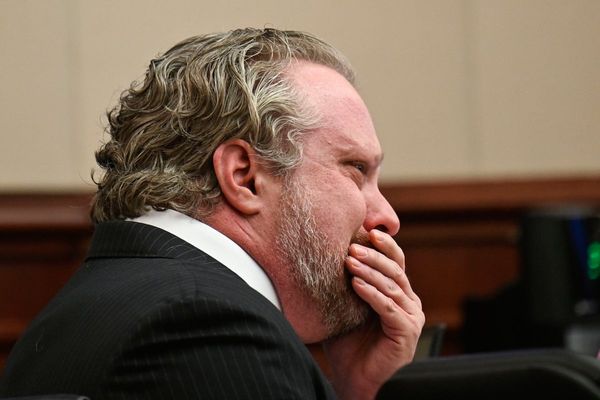
When Steven Walsh began filming his grandfather playing guitar, it was just to preserve his songs.
When he finished, he had an account of how the rise and decline of Chicago’s steel industry shaped his family and the Southeast Side.
The 33-year-old’s upcoming documentary, “Southeast: a City Within a City,” covers the time period from roughly after World War II up to the present. It focuses on the impact of the decline of the area’s steel mill industry — from its peak, when it employed tens of thousands of workers, to its present diminished state.
Walsh screened a rough cut of the documentary in late August and aims to release the final edit this winter.
“It’s my discovery of who he is,” Walsh said, referring to his grandfather, “and, on a larger scale, it’s really telling the story of the Southeast Side of Chicago and what it was like when the steel mills left.”
The documentary shows Mexican immigrant families, including his grandfather’s, coming to Chicago for steel mill jobs; decades when work abounded; mills downsizing as veterans returned from the Vietnam War; and, finally, how the neighborhood deteriorated in the ’80s and ’90s as some mills shuttered for good.
Walsh says he knew little about it before filming. He knew his grandfather, Roger ‘Coco’ Gomez, worked at Republic Steel, lost his job in the ’80s and effectively retired.
“He never really got on his feet — like so many people in my neighborhood,” Walsh said.
The eldest and only son of Thomas Walsh and Donna Valdivia, Steven grew up in East Side, mostly near Avenue J and 105th Street. At the time, he said, the area was filled with vacant lots and abandoned storefronts.
“I just thought that’s how the neighborhood always was,” Walsh said.
After graduating from Whitney Young Magnet High School, Walsh left Chicago — first, to attend the University of Illinois Urbana Champaign, then to Houston, to work for Teach for America.

Only when he returned in 2015 to be with family did he learn how the neighborhood had transformed in the years before his birth.
In his free time, Walsh began filming Gomez — and finally, paying attention to his lyrics.
“I’m in my room. I’m all alone. I have no place to go. I think I’m in a danger zone every day,” Gomez sang.
Gomez sang about losing his job at the mill, about friends returning from Vietnam with PTSD and about other moments from his life, including falling in love at a Southeast Side club, back when clubs lined Commercial Avenue.
“This place was beautiful once and full of life,” as Gomez says in the film’s trailer.
Walsh asked his grandfather where the lyrics came. A crash course in American history unspooled.
“Once you get into the steel mills, you get into politics, you get into the war, you get into race, you get into strikebreakers and scab workers, and ethnic boundaries. And it just kept expanding and expanding to the point where I fell in love with the world,” he said.
Looking for documentaries about the decline of industry, he found none that shared the close perspective he had as someone who grew up in its aftermath; and, as a storyteller, he found his purpose.
“Most of these stories aren’t really written by people in that world, and I want to be that person,” Walsh said.
When the pandemic hit, he devoted more time to the project, raising $10,000 through a Kickstarter campaign in 2020. He said he has just a few scenes left to shoot.
He hopes the finished film bridges gaps in families, as it did in his own life.
“This documentary is for generations of a family to watch together,” he said.
And he hopes it finds someone like the kid he was before going to Whitney Young, back when he imagines he could have joined a gang, like some of his classmates did.
“I want that young gangbanger who maybe can watch this,” he said, “and see that there’s other opportunities.”
Michael Loria is a staff reporter at the Chicago Sun-Times via Report for America, a not-for-profit journalism program that aims to bolster the paper’s coverage of communities on the South and West sides.








